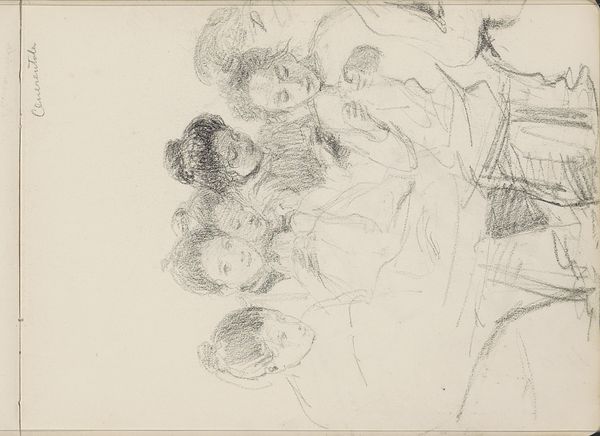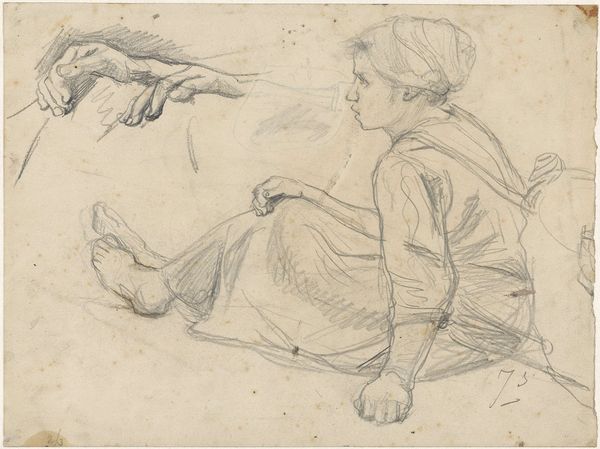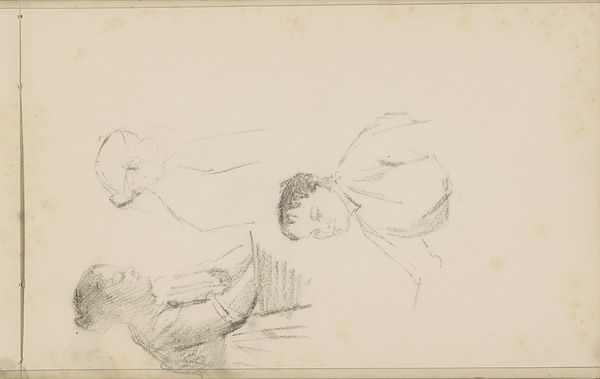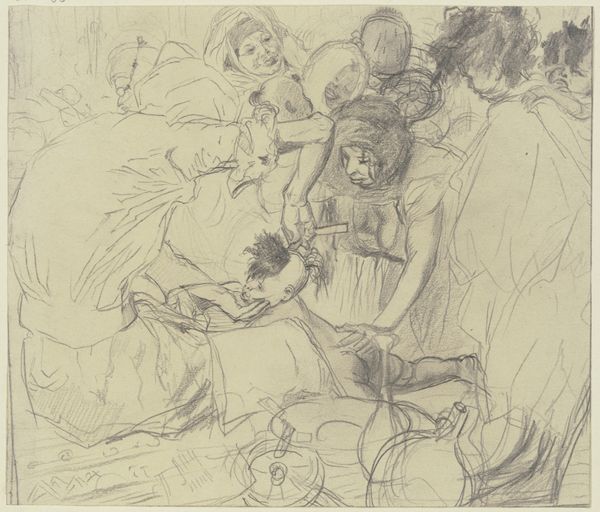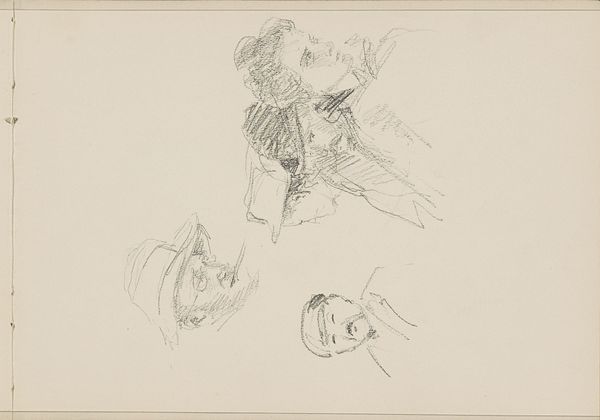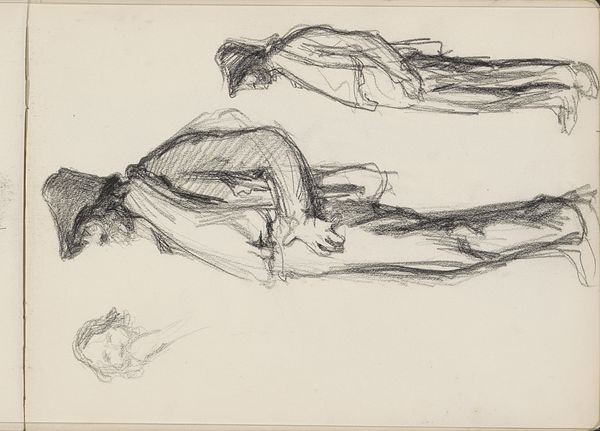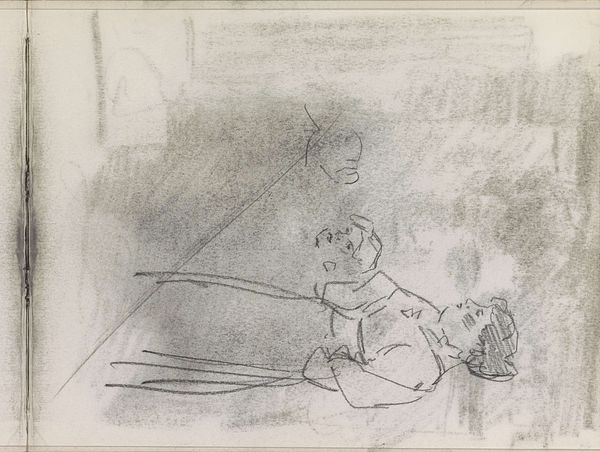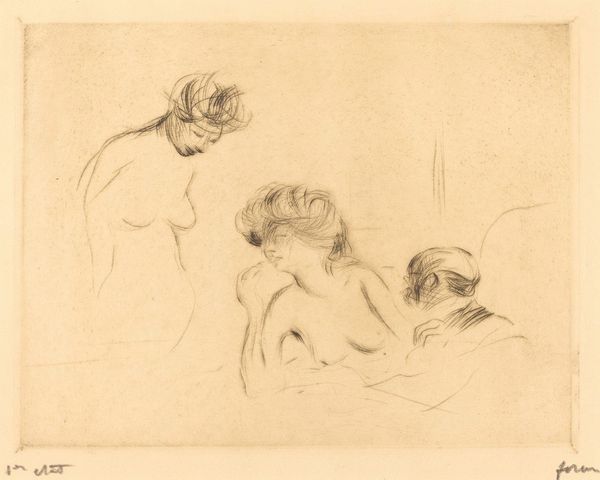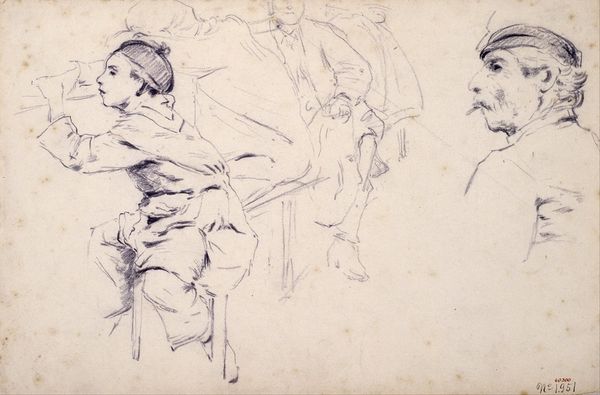
drawing, pencil
#
portrait
#
drawing
#
pencil sketch
#
figuration
#
pencil
Copyright: Rijks Museum: Open Domain
Curator: This is a drawing by Bramine Hubrecht titled "Handwerkende vrouw," which translates to "Crafting Woman." It's believed to have been created sometime between 1865 and 1913. It resides here at the Rijksmuseum. Editor: My immediate impression is one of quiet contemplation. The muted tones of the pencil on paper and the tentative lines give the impression of a fleeting moment captured, full of subtle details. Curator: Indeed, and Hubrecht’s choice of subject matter—a woman engaged in needlework—offers a fascinating glimpse into the lives of working women in the Netherlands during this period. Art academies started opening up to women around that time. Editor: I am drawn to the almost unfinished quality of the sketches. There are several different images here on a single canvas—two of women's faces and hands that invite closer inspection. Curator: Right, and consider the context in which it was created. While male artists often depicted women in domestic settings to reinforce societal norms, here we might be seeing a more intimate and perhaps even sympathetic perspective from a female artist of the time. Editor: It’s striking how she uses minimal shading to define the figure’s posture and form, focusing on essential lines and shapes, especially those expressive hands. Look closely at her hands that do all the hard work—they are depicted with care, suggesting her capability to carry out what needs to be done. Curator: Hubrecht was born into an elite, wealthy family, so this glimpse into the handiwork that filled so many women’s days shows me something about the societal classes she probably straddled, don’t you think? Her view is probably shaped by being both a participant in and observer of the conditions for the less-wealthy Dutch. Editor: Perhaps. Either way, in my view, these quick pencil strokes and studies offer a direct, unfussy engagement with what would otherwise be an unseen ordinary life. Curator: Ultimately, Hubrecht's drawing encourages us to reflect on the everyday experiences and conditions of women during a period of great social and artistic transformation in the Netherlands. Editor: Agreed. "Handwerkende vrouw" may seem like a modest work, but through Hubrecht's close formal examination of the needleworker, we can glean so much.
Comments
No comments
Be the first to comment and join the conversation on the ultimate creative platform.
